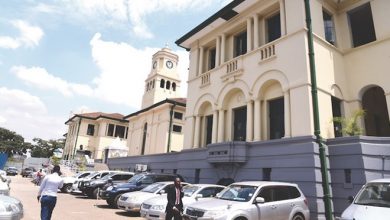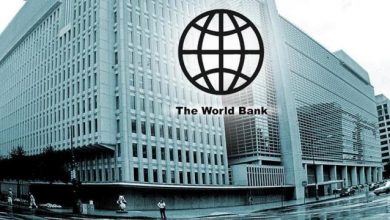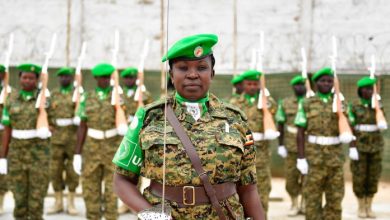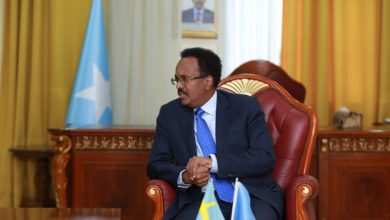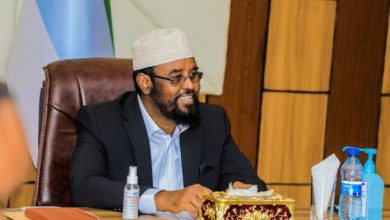Mankato Clinic community health worker fills gaps for Somali patients
A new partnership between Mankato Clinic and the Minnesota Council of Churches is aimed at bridging gaps between the local Somali and medical communities.
A new partnership between Mankato Clinic and the Minnesota Council of Churches is aimed at bridging gaps between the local Somali and medical communities.
The Mankato Clinic Foundation recently granted $20,000 to the council’s Mankato Area Refugee Services to bring a community health worker into the health system’s care model.
The community health worker, Mohamed Ibrahim, will work alongside area refugees and Mankato Clinic care providers in the hopes of improving patient health outcomes.
“All in all, I try to build the relationship and trust between families and our local health providers,” Ibrahim said.
Ibrahim is also a community health worker within Mayo Clinic Health System, mainly working with St. Peter’s Somali population. Mankato Clinic’s addition means Somali patients at two of Mankato’s major health systems can access the services.
A community health worker’s role differs from a translator, which area health systems provide to non-English speakers. Translators tell patients what the doctor is saying, while community health workers can help the patient understand and carry out treatment plans.
They also can promote health education, navigate through complicated paperwork and insurance processes, and identify social determinants of health like housing and food insecurity.
Dr. Katie Smentek, Mankato Clinic pediatrician, said some patients feel more comfortable sharing these struggles with a community health worker rather than their physician. Ibrahim, then, becomes an advocate for patients.
“As a doctor we want people to be happy and healthy,” she said. “And if there’s a piece that isn’t fitting in, it’s nice to have someone who can speak up for patients in that way.”
Ibrahim himself comes from a medical background, graduating from medical school in Somalia about 10 years ago. He spent years afterward caring for war-wounded patients in East Africa with the Red Cross and Doctors Without Borders. He said he’s now studying for the U.S. medical licensing exam.
“That helps me understand what (care providers) need from the patients,” he said, adding his medical background sets him apart from the average community health worker.
Margo Druschel, associate director for Mankato Area Refugee Services, said the nonprofit’s goal is to secure funding for more community health workers like Ibrahim in the area. And not just for Somali patients but for Sudanese and Spanish-speaking populations as well.
